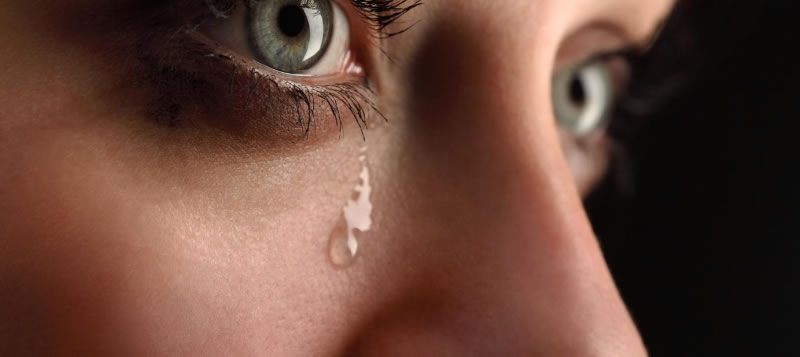Tears are drained away into the nose via two small ports (or ‘puncta’) in the inner corner of the upper and lower eyelids. The puncta lead to a horizontal drainage canal (the canaliculus). This in turn leads to a drainage sac under the skin at the inner corner of the eye (the lacrimal sac). This sac drains the tears downwards (via the nasolacrimal duct), through the nasal bone of the nose.
Lacrimal ducts stenosis
Stenosis, as well as any anomaly or occlusion of these drainage ducts may lead to a watery eye, overflow tearing or epiphora. This may cause a build-up of mucus in the sac, causing repeated eye infections (dacrocystitis).
Treatment:
Dacryocystorhinostomy (DCR)
DCR operation creates a bypass to allow the tears to drain into the nose.
This is achieved through a small incision between the lacrimal sac and the nose, creating a channel in the bone to allow the connection between these two structures. Thus any blockage or narrowing of the nasolacrimal duct is completely bypassed with this operation.
Surgery for patients troubled with significant mucus discharge, has a very high success rate (reduction of symptoms in at least 95% of patients). Patients with epiphora, experience a lower success rate (approximately 85%) even if the channel is successfully created. Anticoagulants such as aspirin should be stopped two weeks before surgery.
Description of the operation
This operation involves a 1,5cm incision made through the skin on the side of the nose. In the vast majority of individuals, the incision heals very well, leaving only a thin faint line. The stitches on the nose skin are removed two weeks later. Finally, a thin silicone tube (stent) is left on the nose, which usually goes unnoticed by the patient until its removal six weeks later. The operation lasts about one hour and can be performed under a general anesthetic or with a local anesthetic and intravenous sedation.
In general, the likelihood of a cure from troublesome stickiness and discharge from the eye is around 95%. However, the success rate for a complete treatment of watering eye depends on the occlusion degree pre-operatively and the point of occlusion. In general it is around 80 – 85%.



